12 Life Twists That Feel Like a Rollercoaster With No Seatbelt

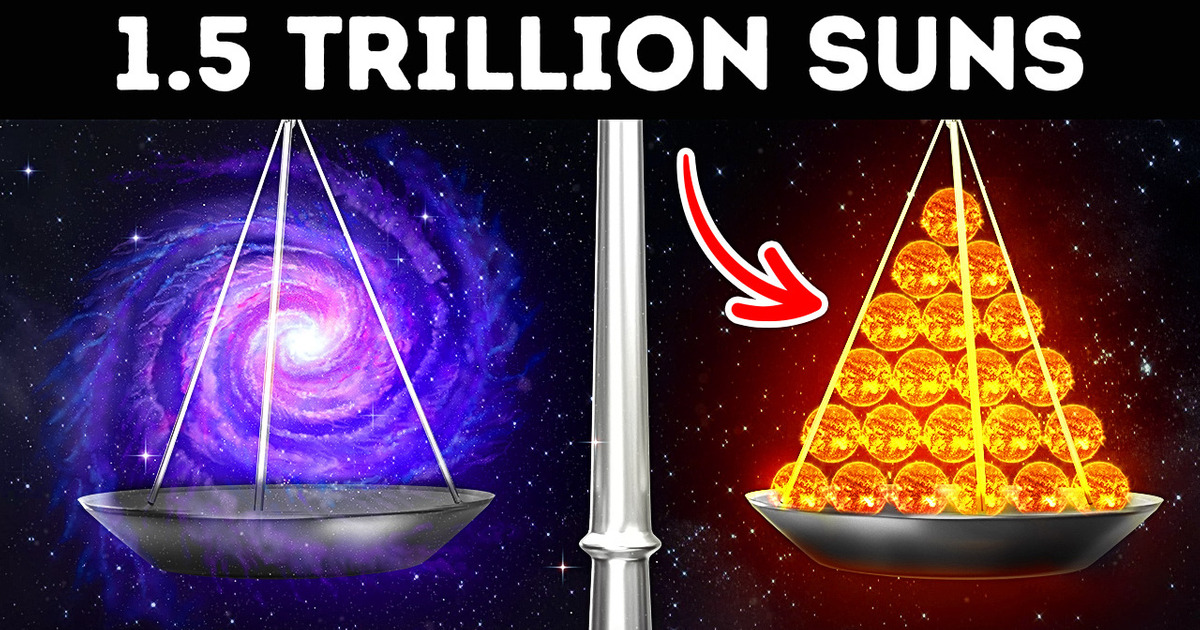
Have you ever wondered what stars look like in galaxies far, far away? Researchers can generally only see the brightest stars, so with the data they managed to collect, they simply thought these stars were similar in size and weight to the ones we have in our own galaxy. It’s hard to explore the space around us though.
When they study stars in other galaxies, it’s like they’re trying to see a tiny ant crawling on a leaf. Not easy, but some new fancy models allowed them to find more information about distant galaxies. They used a big telescope to study light from 140,000 different galaxies, some of which are billions of light-years away from us. They realized stars in distant galaxies are mostly larger than those in our Milky Way. They’re heavier too.
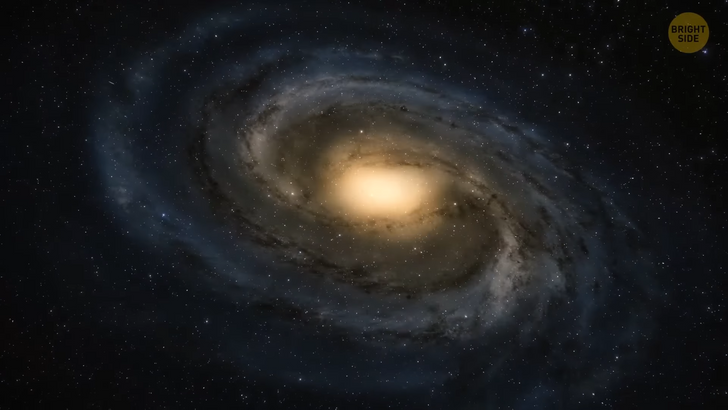
It’s important to know this because the mass of stars tells us a lot about the universe. For instance, if you change the mass of stars, you also change the number of black holes and supernovae created. Galaxies are like big families of stars. And there’s an interesting pattern you can see all over the universe — the biggest galaxies stop making new stars, while the smaller ones keep creating them all the time. Weight and mass outside of Earth are tricky.
You can’t just put planets, stars, or other space objects on the scale. Generally, when you’re on a scale, it measures how hard the gravity of our planet is pulling on you. On Earth, you weigh a certain amount, let’s say 150 pounds. But if you could teleport to Jupiter now — the same scale suddenly shows a whopping 379 pounds. No worries, it’s not that you magically gained weight! It’s just that Jupiter has a stronger gravity pull which automatically makes you feel heavier. If you don’t like the number there, you can go to Mercury — you’ll only weigh 67.2 pounds there.
So, mass and gravity are connected. How exactly? Let’s say you have a playground with a merry-go-round in the center. You want to know how heavy the merry-go-round is, but there’s no magical scale where you can put it to check it out. Instead, you invite some friends to play on it. As they hop on the merry-go-round and start spinning around, you notice the faster they spin, the harder it is for them to stay on. This tells us the merry-go-round has to be pretty heavy. Astronomers do something similar when it comes to objects in space.
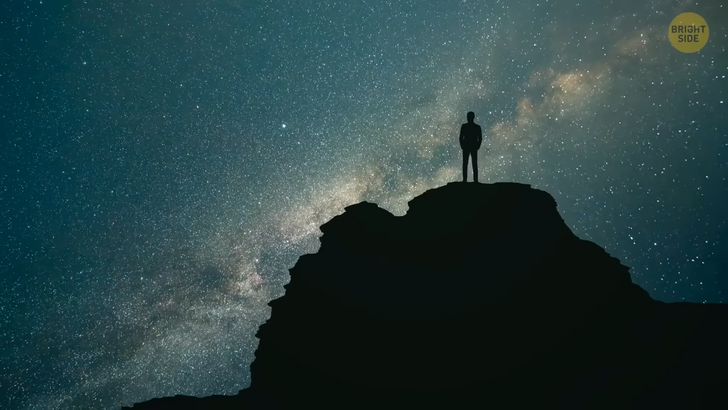
They observe how long it takes for planets, stars, or even whole galaxies to orbit around a central object. They measure the time, plus they know the distance between the objects — and that’s how they’re able to calculate the mass of the central object which can be, let’s say, some planet. It’s like you’re swinging a yo-yo around your hand on a string. The heavier the yo-yo, the longer it takes to finish each swing, right? Similar to that — the stronger the gravity of a massive object, the longer it takes for other objects to orbit it.
For example, binary stars are like some cool space dancing partners. Astronomers can watch them twirling around each other and by that figure out their mass together. If the stars are close enough, they can even tell their individual masses. They just need to observe how closely they orbit their shared center of mass. Okay, this sounds relatively simple — but what about measuring the weight of the galaxy? Astronomers don’t focus on their individual parts that much. They actually look at how fast the galaxy is spinning. Just like a spinning top, the speed of rotation can tell us about its mass. The faster it spins, the more mass it contains.
Astronomers have their trick with luminosity too. That’s basically how brightly objects in space shine. When you measure how bright they are, you can tell their mass. If you’re a scientist and have cool computer simulations that help you understand the data you get, of course. Also, when they’re trying to measure the weight of something like an entire galaxy, they use some cool space tools such as the Gaia satellite and the Hubble Space Telescope. What a dynamic duo of telescopes! They help us see all those hidden things in the vast space that are too faint or far for our eyes to catch.
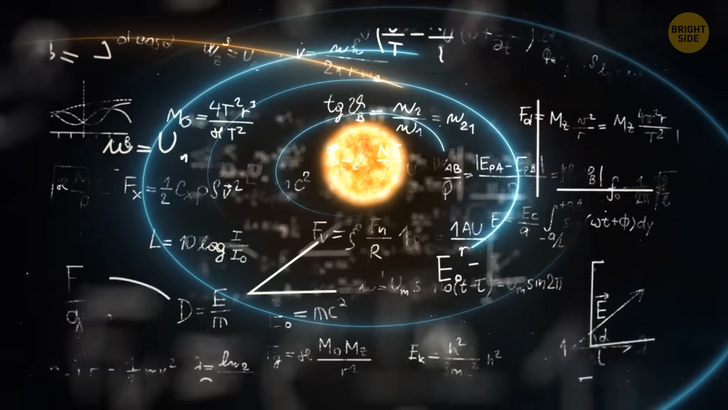
The Milky Way consists of billions of stars, including a supermassive black hole at its center. To measure the weight of our own galaxy, astronomers had to look at groups of stars called globular clusters. These clusters are just like small islands of stars floating around space. They’re also like ancient pioneers that settled in our galaxy long before our Sun and solar system even formed.
So, scientists tracked the movements of these clusters in three dimensions using Gaia and Hubble. They basically measured their speed and motion to tell the weight of the Milky Way, as well as the gravitational pull these clusters experienced. And as we said before — the more massive a galaxy we’re looking at is, the faster its globular clusters move around.
Astronomers can then take these measurements and compare them to what they expect to see based on computer simulations of how galaxies should be shaped. Using this method, they figured out the Milky Way weighs about 1.5 trillion times the mass of our Sun! And most of this weight doesn’t even come from the stars themselves. They make a tiny percentage of it, while the majority is actually dark matter.
It’s this mysterious force we can’t even see, but it still plays a crucial role in holding galaxies together. Science calls it “dark” because it doesn’t interact with light or other forms of electromagnetic radiation we can detect. But we can see its effects. For example, when scientists look at how galaxies rotate, they find there’s more mass pulling on them than what we can see with our telescopes. All that mysterious extra mass is actually dark matter. It’s the reason why galaxies don’t fly apart.
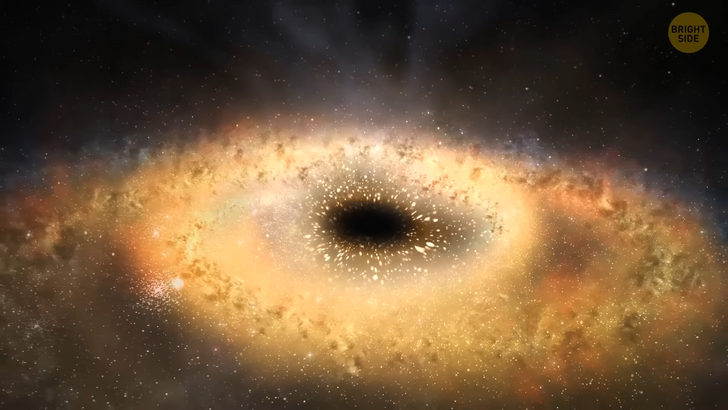
A long time ago, a smart astronomer named Jan Oort figured out our awesome galaxy isn’t just sitting still; it’s actually spinning around like a giant cosmic carousel. He also realized where our sun is located in the galaxy, which is pretty important information. And today we can study the Milky Way better than ever before. In its center, there’s a supermassive black hole, which is like a giant vacuum cleaner that sucks up everything around it. It’s so powerful and strong that everything in our precious galaxy revolves around it. There’s a region of dust, gas, and stars called the galactic bulge, which contains 10 billion stars and is shaped like a peanut.
And beyond this bulge is the galactic disk, which is where most of the stars in the galaxy are located, including our sun. This disk is like a giant pancake 100,000 light-years across and 1,000 light-years thick. It’s full of dust, gas, and stars, dust. It’s what we look at when we look up at the sky at night. The stars in this pancake disk orbit around the center of the Milky Way, and form 4 swirling streams that are called spiral arms. Inside these arms, stars, dust, and gas are more tightly packed.
It’s like a big city with lots of traffic. Sometimes, the roads get too crowded, so the cars move slower. These spiral arms are like traffic jams in space. The gas and stars crowd together and move more slowly in these arms. That’s why the material passing through the dense spiral arms ends up being compressed. And when gas and dust in the galaxy are compressed, they start to collapse under their own gravity, which means they form new stars. That’s why stars in spiral arms are younger than those in other parts of the galaxy, like those in the bulge.
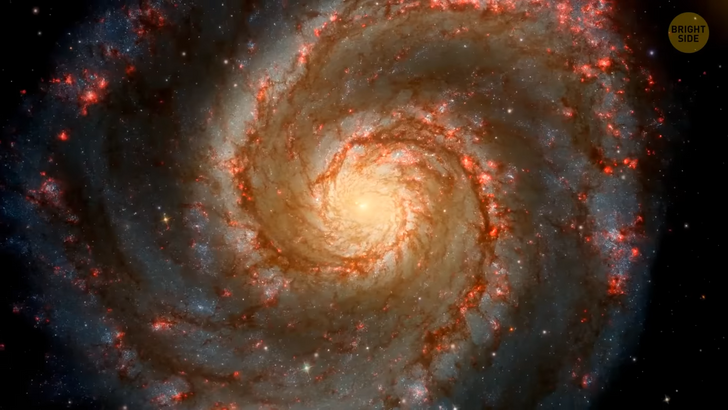
The Milky Way disk is not flat. As it rotates around the center, it wobbles like a spinning top with a ripple. This ripple moves much slower than the stars, and it takes up to 700 million years to make a full circle around the center.
Scientists think these warps and the ripple may have happened because of a collision between the Milky Way and another galaxy a long, long time ago.











